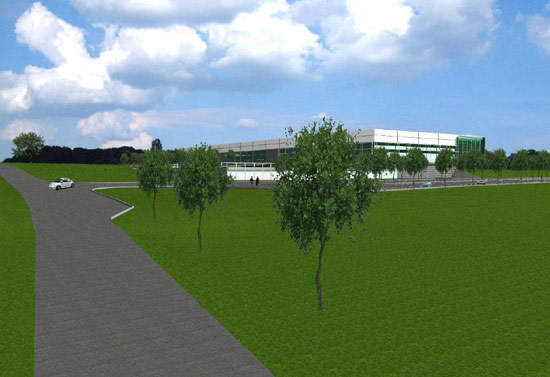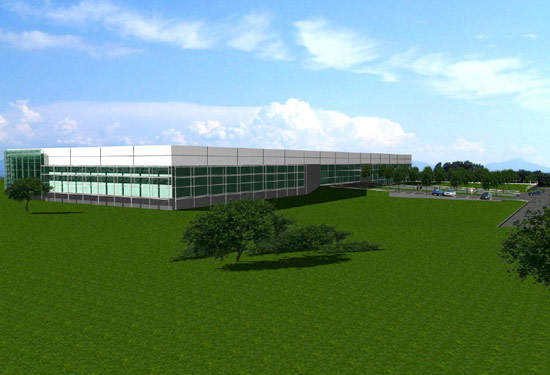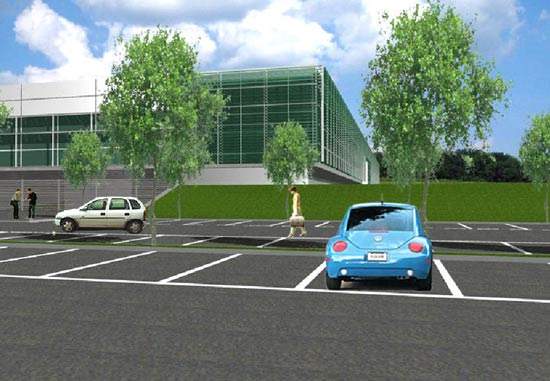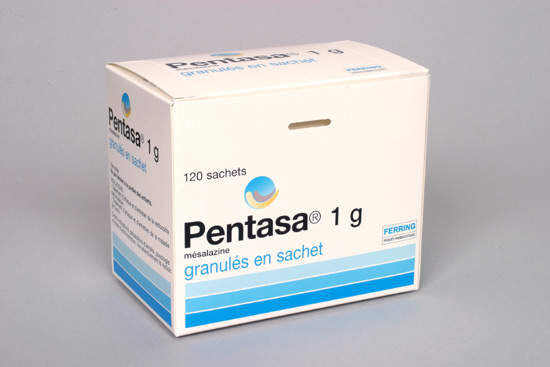Ferring Pharmaceuticals announced its intention in 2003 to build a new production site at Saint-Prex, Canton of Vaud in Switzerland. The company also decided at that time to consolidate its operation and move its international headquarters to the same site. Ferring is heavily involved in the production of synthetic peptides for the manufacture of biopharmaceutical products.
The company has invested €90m in building and outfitting the new production facility. Construction started with the ground breaking ceremony on 12 September 2003 at the 104,500m² site. Fredrick Paulsen, Ferring’s executive chairman, said, “The construction of this new production facility will continue the company’s close links to Switzerland.”
Michel L Pettigrew, chief operating cfficer, said of the choice of location, “We chose Switzerland primarily due to the high concentration of quality personnel as well as its central location in Europe with easy access to transportation…but the natural beauty of Saint-Prex was definitely a contributing factor.”
He added, “Over the past years Ferring has shown a strong sales development. The new production site in Saint-Prex will make it possible for us to continue in this direction”.
The new production facility was opened on 6 July 2006 along with the administrative headquarters facilities. Ferring was to employ approximately 100 new personnel at the facility by 2008.
Ferring facility construction and engineering
Construction work on the new facility began in October 2003. The construction and outfitting was completed by the first quarter of 2005.
Commercial production at the new plant commenced in 2006 following commissioning of the new equipment and full validation to FDA and EMEA regulatory requirements for cGMP and biopharmaceutical production.
Ferring’s new facility has four areas for production, packaging, storage and administration and covers 23,000m². The design of the new facility was carried out by AS-Dolci Architecte, a consortium of architects based in Yverdon-Les-Bains, and TEKNE Management, an architect and project management company based in Lausanne.
The design of the 15m-high building was based upon the extensive use of natural daylight. In the production and administration areas many of the interior corridors and outside walls are constructed of glass panels to give an open and natural feel to the buildings and laboratories.
Production and packaging
The new facility was planned to focus on the manufacture of products in Ferring’s dry product range, as well as on secondary packaging and distribution of all formulations then marketed by the company. The production site was designed to be flexible to allow the production of future products as well as existing products. The site has plenty of room for a second phase expansion if it becomes necessary in the future.
The equipment installed at the new facility was based on processing methods already well known in Ferring’s solid dosage production, which included mixing, granulation and drying in a ‘One Pot’ technology. The products are transferred to IBCs and then onto traditional batch-blending, tablet compression and packaging in bottles, blister packs and strips.
The packaging equipment (primary and secondary) were chosen to allow flexibility in terms of batch size and type, ensuring quick format changes and high production volume. The packaging and finishing plant has been equipped to handle IBCs from its own as well as other bulk pharmaceutical production plants, to enable the company to carry out contract packaging or use material from third party manufacturers to produce its own solid dosage forms.
Ferring’s treatment for Crohn’s disease
One of the drugs to be manufactured and packaged at the new site was Pentasa. Pentasa (mesalazine) is one of a new generation of drugs used in the treatment of inflammatory bowel diseases such as ulcerative colitis and Crohn’s disease.
The anticolitic effect of a predecessor, sulfasalazine, was found to lay in its 5-aminosalicylic (5-ASA) moiety. This discovery led to the development of a new generation of 5-ASA agents. These new agents include a slow continuous release formulation, pH-dependent release formulations, formulations using alternative carrier molecules and rectally-administered formulations.
Newer 5-ASA formulations such as Pentasa are 90% more effective than placebo in maintaining remission of ulcerative colitis. Different brands of 5-ASA are designed to act on different places in the gastrointestinal tract. Ulcerative colitis affects the colon and rectum only, while Crohn’s disease affects the whole gastrointestinal tract. For this reason, some brands are used to treat only ulcerative colitis, while others such as Pentasa can be used to treat both Crohn’s disease and ulcerative colitis.
5-ASA acts on and is metabolised by intestinal epithelial cells. Consequently, ulcerative colitis (a mucosal disease) is more susceptible to treatment by 5-ASA than transmural Crohn’s disease. Pentasa suppositories are the drug of choice to treat Proctitis.











